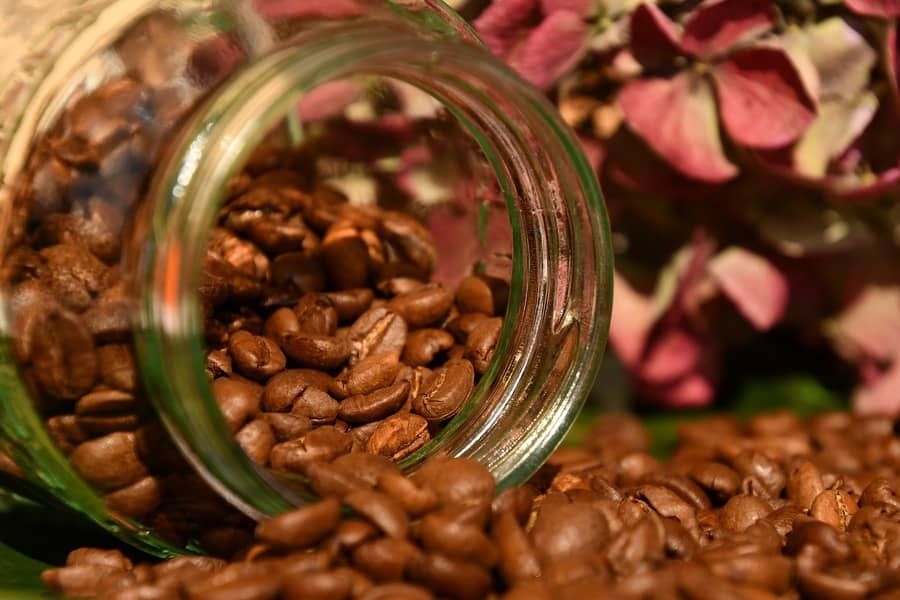The vectors for the formation of domestic coffee prices remain very firm. International coffee prices, of both arabica and robusta, remain high. The dollar maintains a high level of performance, even after dropping and moving away from the highs. This alone would support the physical domestic prices of coffee. But there is still the withdrawal of sellers, whose stance gains an additional factor, which is the lower-than-expected availability, preliminarily, for some descriptions, such as the weakest cups. Harvesting under mostly dry climate raised the profile of the cup but reduced the supply of weaker cups, such as rio, riado, and hard riado coffees. In other words, an environment that is very conducive to price highs.
Arabica good cup from the south of Minas Gerais rose from BRL 1,090 to 1,100 per 60 kg bag in the physical market. Even with the high prices, growers remain on the defensive, waiting for the blossoming and the first impressions on the potential of Brazil’s 2022 crop. The finest cup in Cerrado is reaching BRL 1,110 to 1,120 a bag, with fine cherry ranging from BRL 1,190 to 1,200 a bag. Despite a slight slowdown, this is a price level well above the 5-year deflated historical average for the period. In short, the market remains firmly within a favorable region for sellers.
Weaker arabica cup gains relative value, rising more than the so-called group 1 coffees. Besides the natural losses due to the biennial load and lack of rain, the uptrend also reflects the profile of the harvest under dry weather, which helps to reduce the supply of the description. Thus, arabica rio with 20% of defects in Matas de Minas region is indicated at BRL 980 a bag, flirting with BRL 1,000 a bag, which quite reduces the distance between the cups.
But the highlight of recent days has been conillon, which is already trading at BRL 700 a bag for 7/8 type in Colatina. Conillon has been boosted by strong demand. The dynamic of purchases is preferably internal, with the domestic industry increasing the use of conillon in its blend to reduce costs, since even with a higher price it is still cheaper than arabica. Logistical problems in Asia, particularly in Vietnam, ended up bringing more foreign interest in Brazilian conillon. The increasing competition on the side of purchases favored a new jump in coffee prices.

